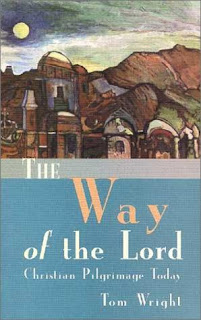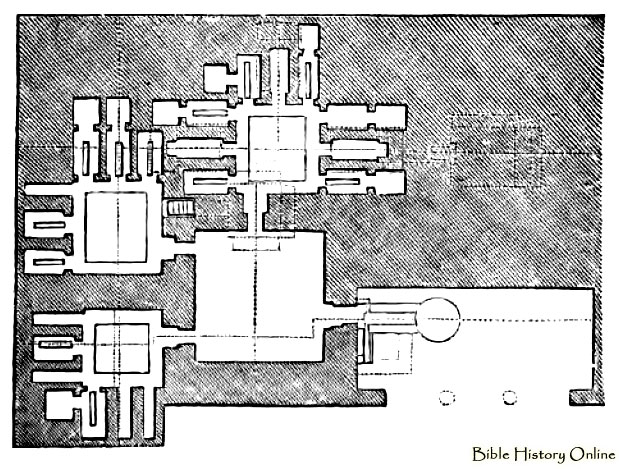 |
| The Way of the Lord Tom Wright |
I have just recently run across the book The Way of the Lord. This is a must read for anyone who has an interest in the Holy Land. Written by one of my favorite Authors N.T. Wright. Nicholas Thomas "Tom" Wright is a leading New Testament scholar and former Bishop of Durham
"In all our pilgrimage, we begin by going back to our roots. When Christians go to the Holy Land today, we do not go because God is present there in a way in which he not in New York or Nottingham, Lichfield or London , in Melborne or Manchester








